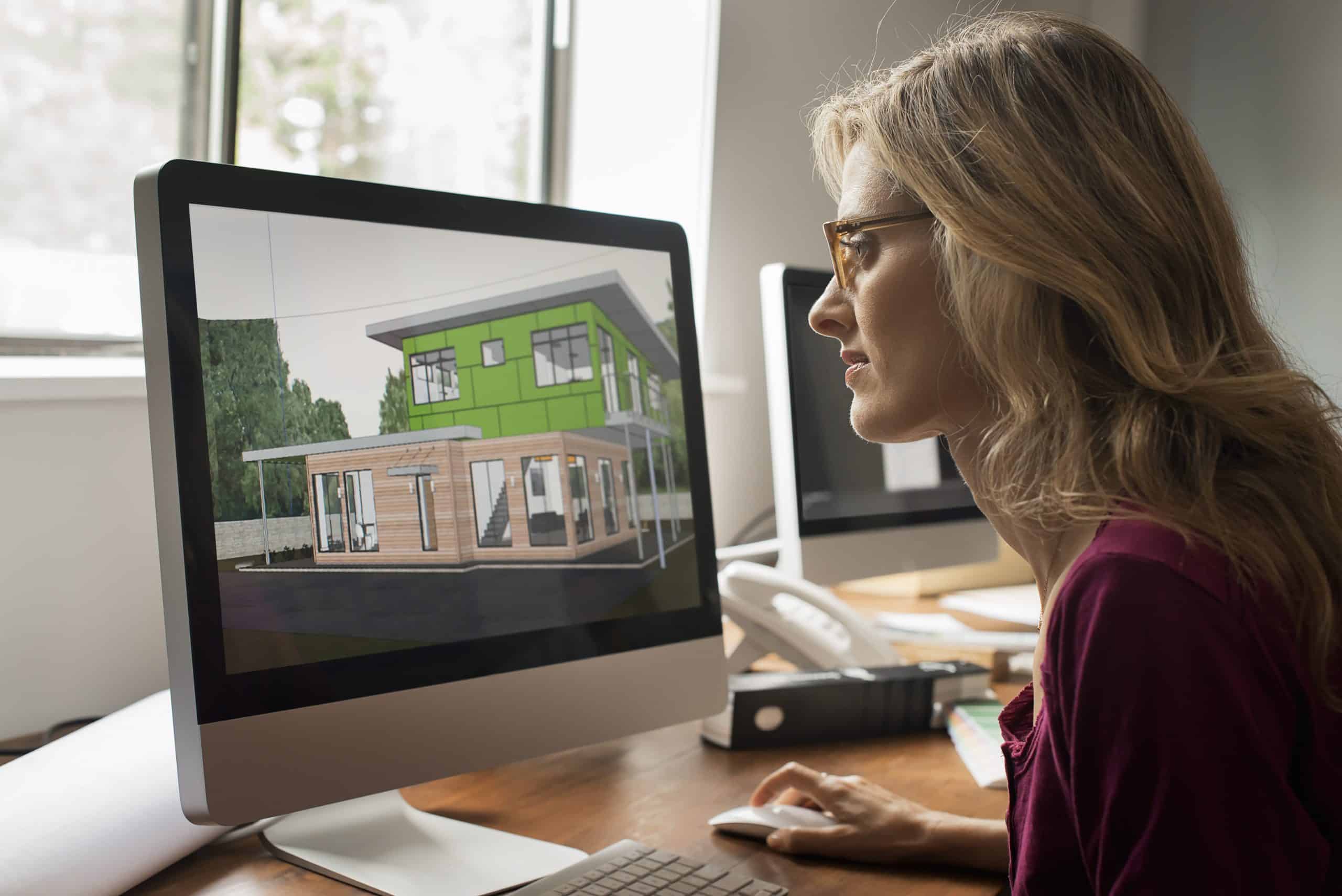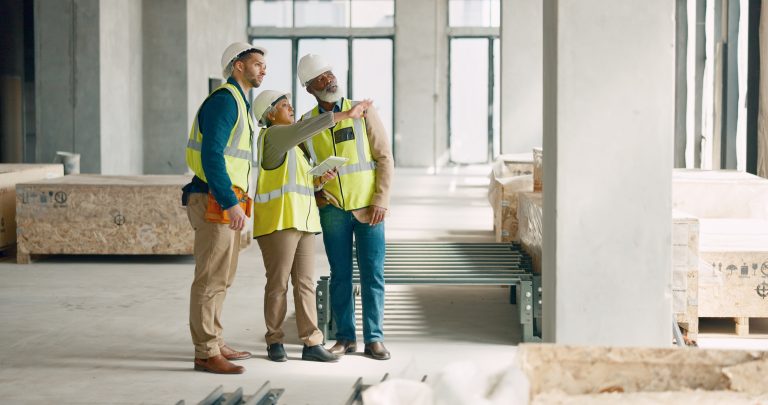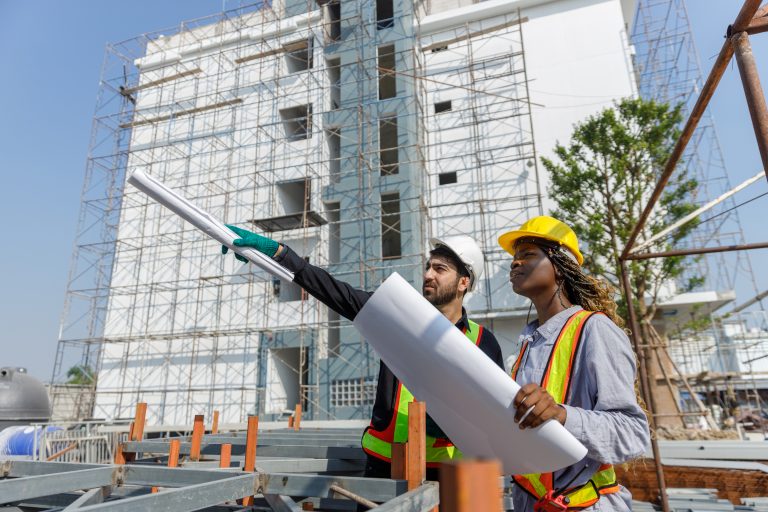The construction industry is especially complex, given the many elements required to keep a project precise, timely, and safe. One of the ways to increase efficiency in the construction industry is through 3D design software. Modern technology like 3D modelling has changed the entire landscape of the industry by keeping projects on track and budget. With this software, users have the ability to visualize a project before it is built, make changes easily, and share the design with others throughout the entire project lifecycle.
At the start of a project, 3D modelling can simulate potential designs, estimate unnecessary costs, and identify flaws. 3D models begin with the terrain and are built using a combination of real-world images and computerized simulations; the combination of these two aspects can create a near-perfect match of a proposed project design. 3D design software allows engineers, survey managers, and project managers to walk through a virtual project model before it is even built, and helps forecast project costs as well, allowing users to estimate costs based on precise measurements of materials and labour.
Another benefit of 3D modelling is the potential to reduce construction rework. Construction rework can cause severe missed deadlines and budget overruns. As 3D modelling software becomes more advanced, construction rework is reduced significantly due to the fact that 3D models allow for engineering solutions to be more easily developed throughout planning, without compromising costs or safety aspects. One of the common ways that 3D modelling is produced so accurately is by using drones, which can survey construction sites in minutes. Surveys can quickly be compared to projected models, and any changes or modifications can be made before the project progresses further.
3D modelling is relatively simple to view and understand, making data also easy to share with others. 3D designs can provide crucial data that can be shared with external stakeholders like clients or subcontractors, which allows them to see work in progress without visiting the construction site, as well as see that the project is on target and budget. The ability to share data so easily can ensure deadlines are met, as any issues that could cause delays can be corrected early on. Additionally, once a project is completed using accurate 3D design software, the data can be accessed for future use by architects or engineers. For example, information about surrounding terrain can be useful for any future projects with similar data.
Because of these significant benefits, 3D design software has made a major impact on the construction industry, allowing users to successfully meet deadlines and save on costs – but whether 3D design software sounds right for your construction plan or not, it’s no substitute for a top-quality construction team. At Pulse Construction, we’re committed to doing business with an honest, professional, and competitive approach – without compromising safety or schedules. Contact us today for all of your building needs



